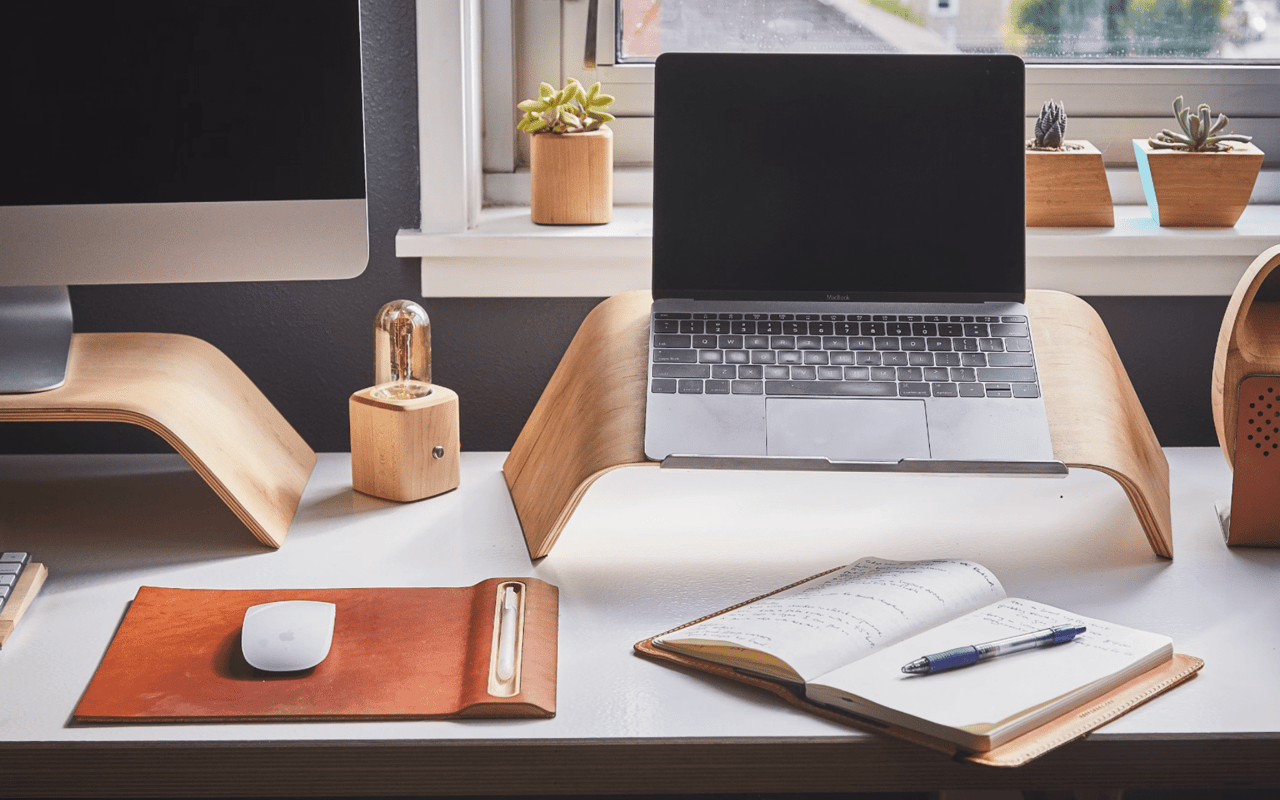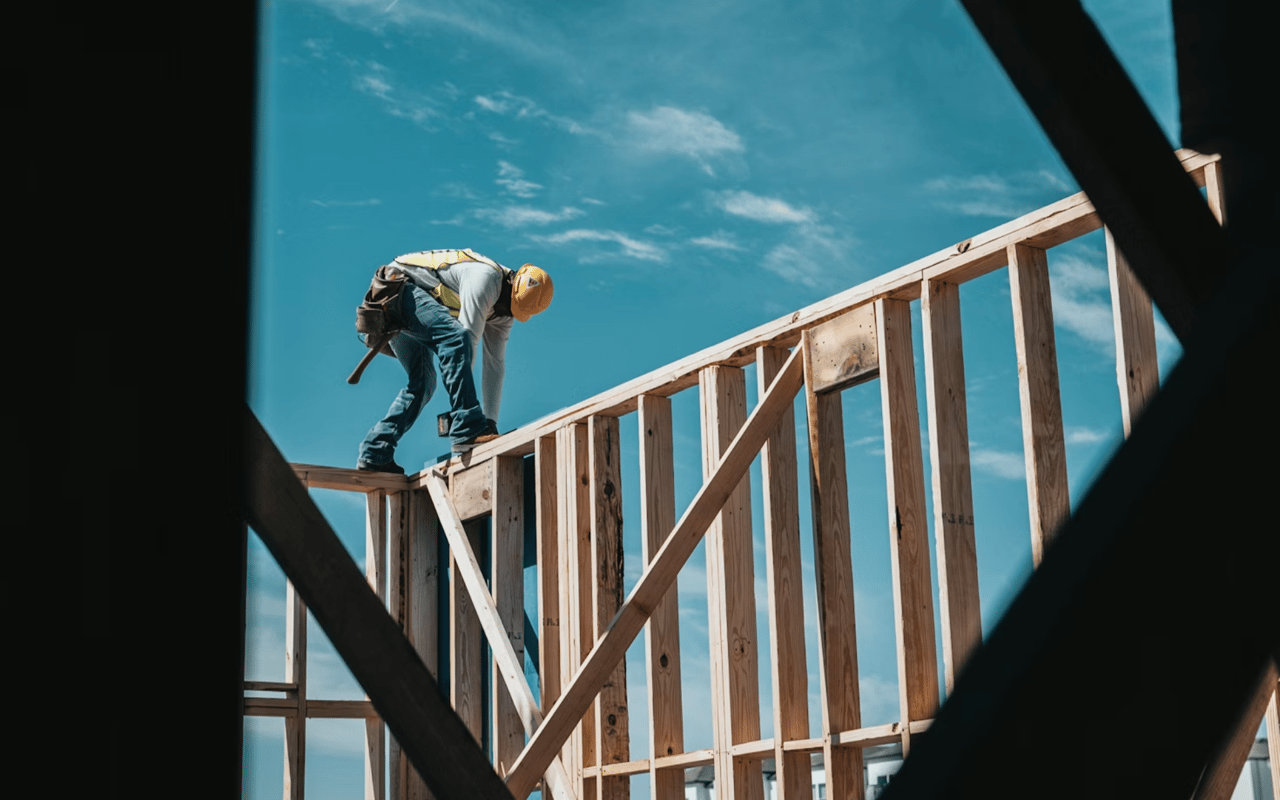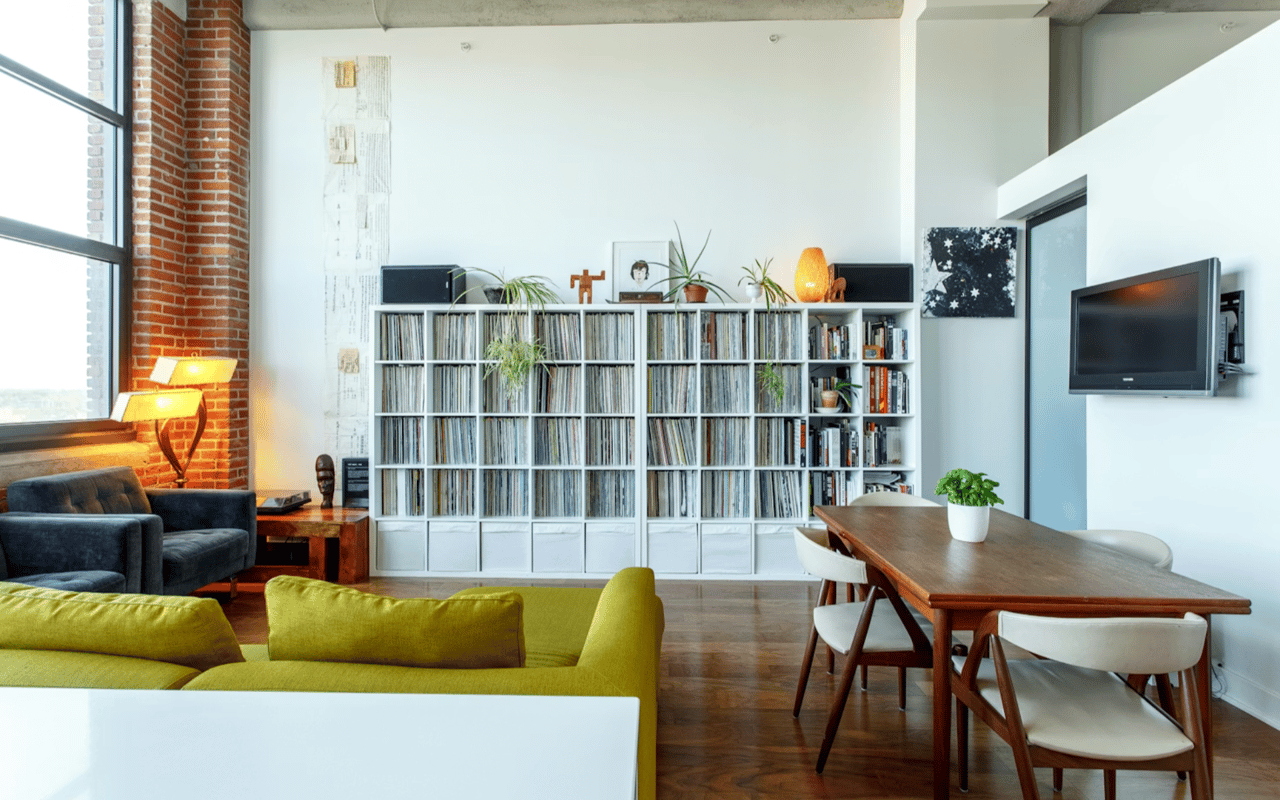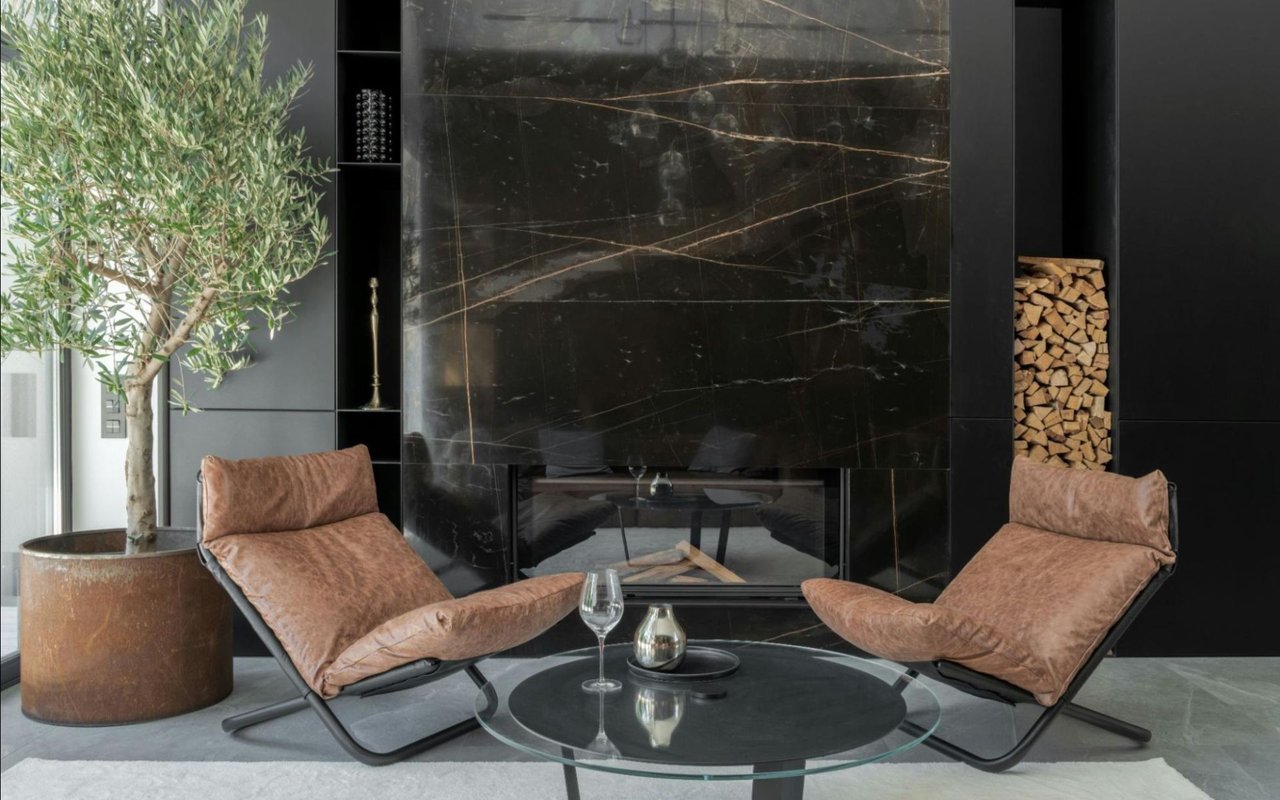The shift toward remote work has transformed how we perceive and utilize our living spaces. A dedicated home office is no longer a luxury but a necessity for many professionals today. Designing a home office that enhances productivity while reflecting personal style can be a rewarding challenge. Here are essential tips to help you create a functional, comfortable, and aesthetically pleasing workspace right in your home.
Choose the Right Location
The location of your home office plays a pivotal role in your daily productivity. Ideally, select a space that is somewhat isolated from the household's high-traffic areas to minimize distractions. Consider factors like natural lighting, potential noise from the street or other parts of the house, and the nature of your work. A spare room with a door can be ideal, but even a quiet corner in a less-traveled part of your home can serve well if space is limited.
Prioritize Comfort
Invest in ergonomic furniture to ensure comfort during long working hours. An ergonomic chair that supports your back, a desk at the correct height, and positioning your monitor at eye level are critical factors in preventing strain and fatigue. The comfort of your workspace directly affects your productivity and health, making it worthwhile to invest in quality furniture that supports your body well.
Optimize Lighting
Good lighting is crucial in any workspace. Natural light is best, so try to position your desk near a window. However, rely on layered lighting to combat eye strain and boost focus when natural light isn’t sufficient. Include a combination of overhead lighting, task lighting (such as a desk lamp), and even accent lighting if it enhances the ambiance of your office space.
Minimize Clutter
A cluttered space can lead to a cluttered mind. Use organizational tools to keep your desk tidy and maintain efficiency. Shelving units, filing cabinets, and desk organizers can help keep your supplies in order but out of the way. Also, consider going digital wherever possible to reduce paper clutter. A clean and organized office not only looks good but also makes it easier to focus on tasks at hand.
Integrate Technology Wisely
Position your equipment so that it serves you without overwhelming your space. Ensure your essential tech—like your computer, printer, and router—is easily accessible but not intrusive. Manage cord clutter by investing in wireless devices or using cable management solutions to keep your workspace sleek and orderly.
Personalize Your Space
While your home office is a place of work, it doesn’t have to be sterile. Personalize your space with items that inspire you without causing distraction. This could include artwork, indoor plants, a motivational poster, or personal mementos that prompt creativity and joy. These personal touches can make your office feel inviting and stimulating.
Consider Color Psychology
The color of your office can significantly affect your mood and productivity. For example, blue hues are often considered calming and can aid in concentration, while greens are soothing and promote endurance. Choose a color scheme that reflects the kind of work you do and the atmosphere you want to create. Soft neutrals can also be a good choice for a background that allows for colorful accents.
Plan for Meetings
If your job requires video conferencing, consider what your colleagues see behind you during calls. Create a professional backdrop with a neutral wall, bookshelves, or decor that isn’t distracting. This aspect of your home office design is increasingly important as video meetings become more commonplace and can influence how professionally you’re perceived by peers and clients.
Allow for Flexibility
Your needs might change as you settle into your home office, so build in some flexibility. Choose furniture that can be easily adjusted or moved around. Consider modular furniture that can be reconfigured as needed, or add casters to some pieces for easy mobility. This adaptability can be particularly useful as you discover what setup works best for you over time.
Make It Scalable
Think about the future growth of your career or business when setting up your home office. You might need more space for additional equipment or files in the future. Include some scalable elements in your design, like expandable filing systems or additional work surfaces that can be tucked away when not in use.
Designing your home office is a personal and professional investment. By incorporating ergonomic practices, optimal lighting, effective storage solutions, and personal elements, you can create a workspace that not only boosts productivity but also keeps you motivated. Remember, the best home office is one that reflects your personal style, meets your professional needs, and adapts to the evolving ways of work. With these tips, you’re well on your way to creating an effective and enjoyable work environment at home.
Contact Austin Bergman Today
If you’re ready to explore Fort Lauderdale real estate opportunities, contact Austin Bergman today. His expertise and local market knowledge can help you find the perfect home and navigate the complexities of homeownership in South Florida. Reach out to Austin Bergman to begin your journey today.








